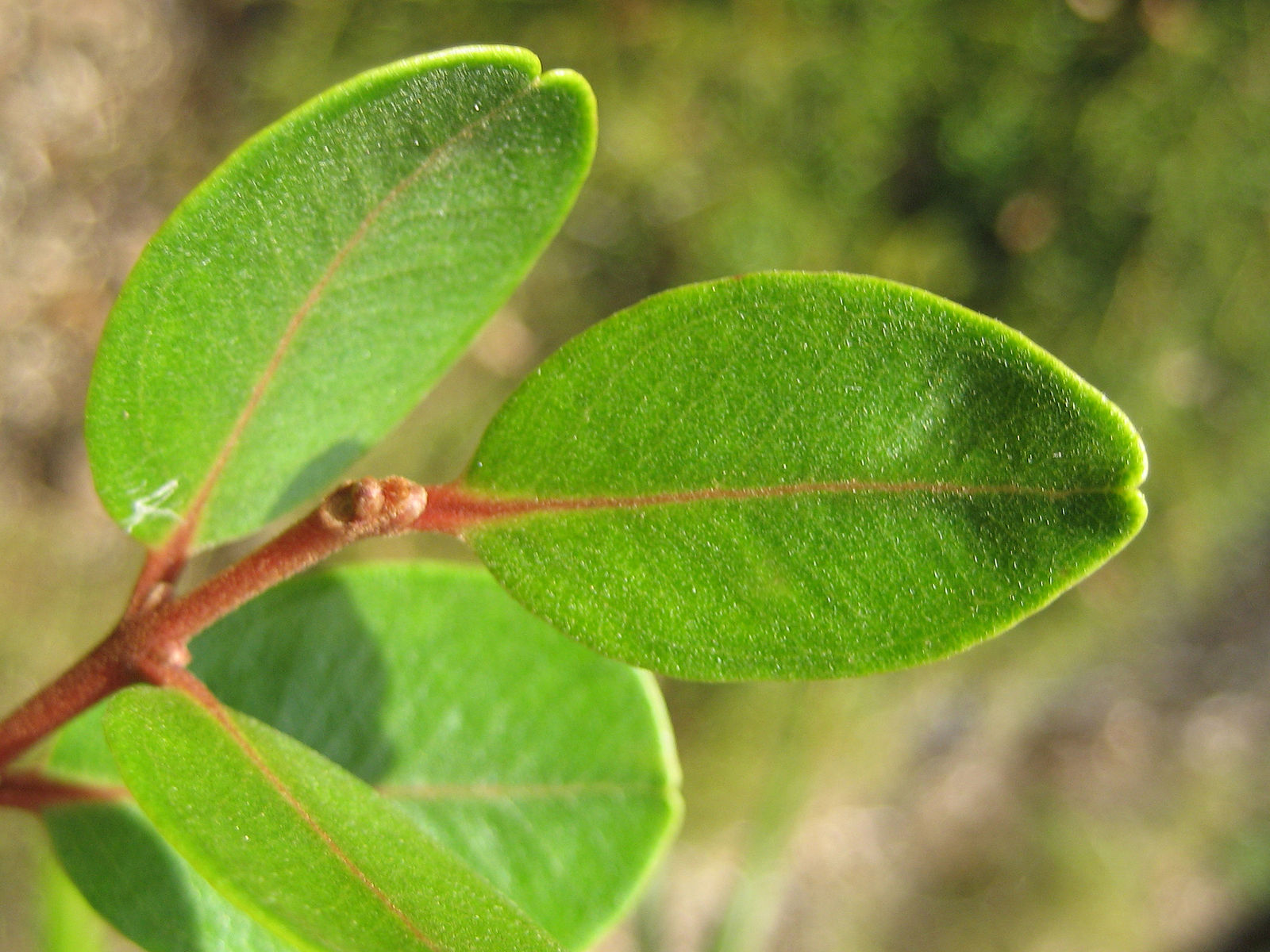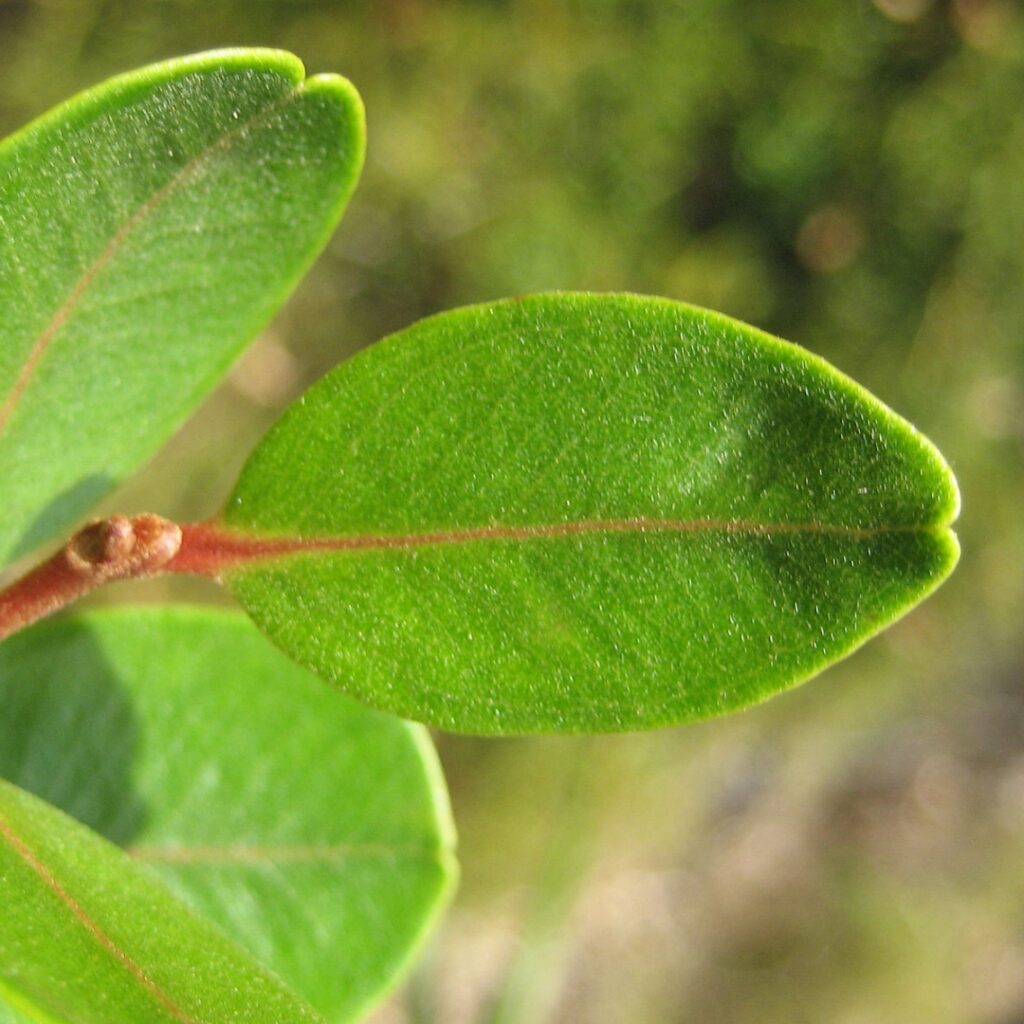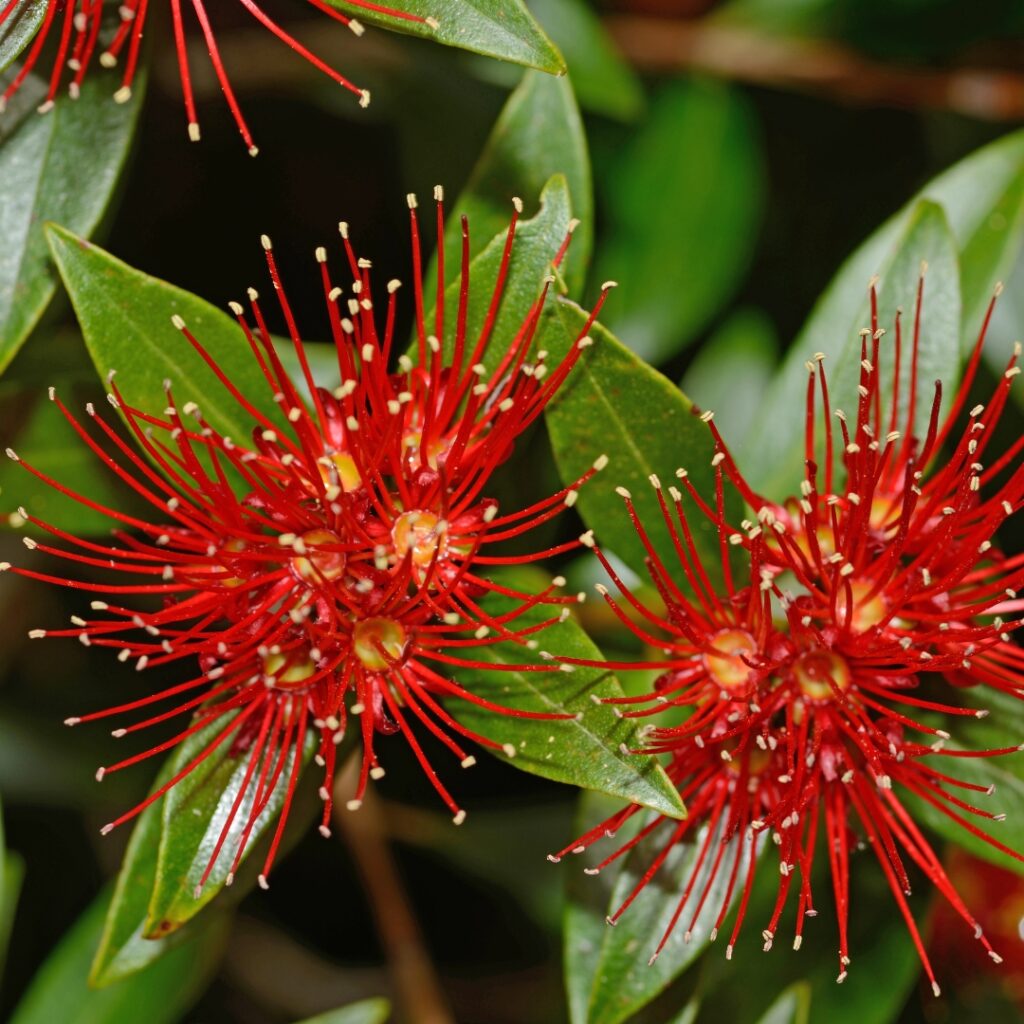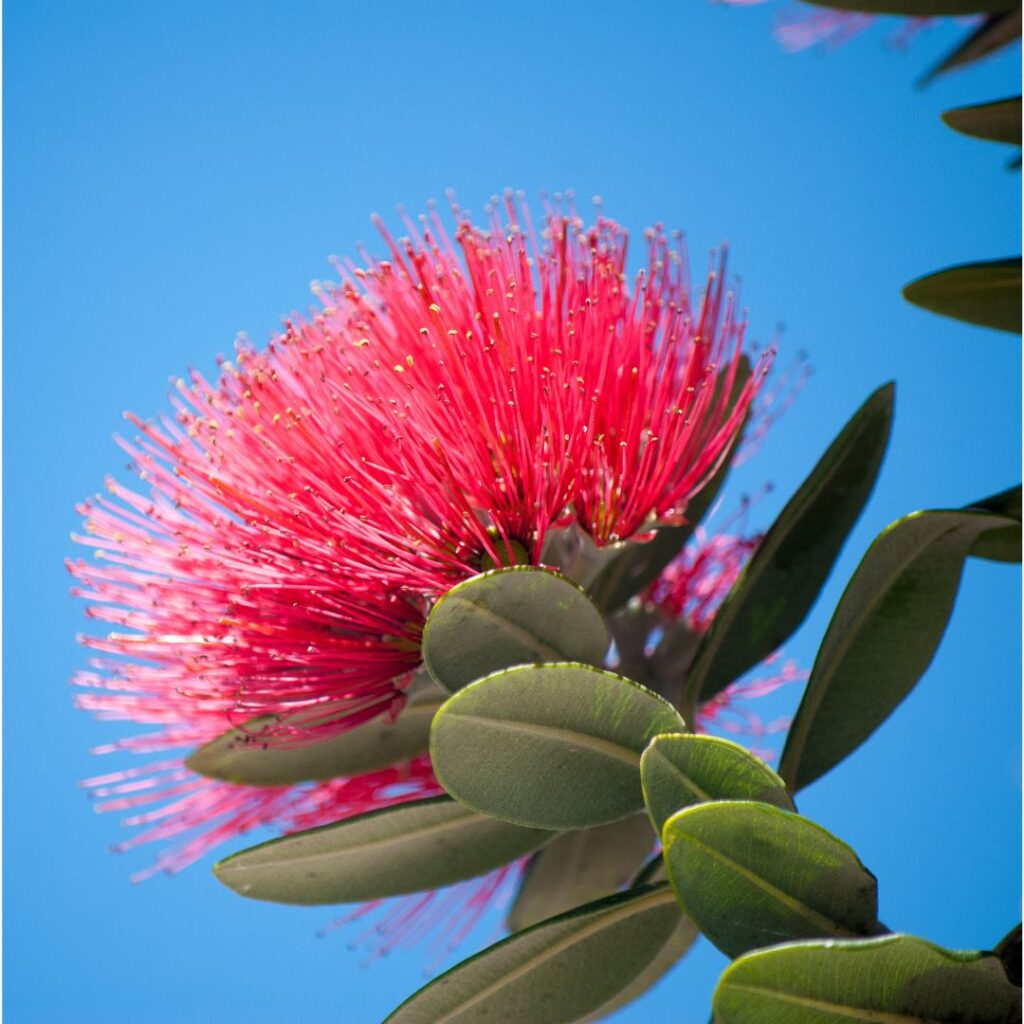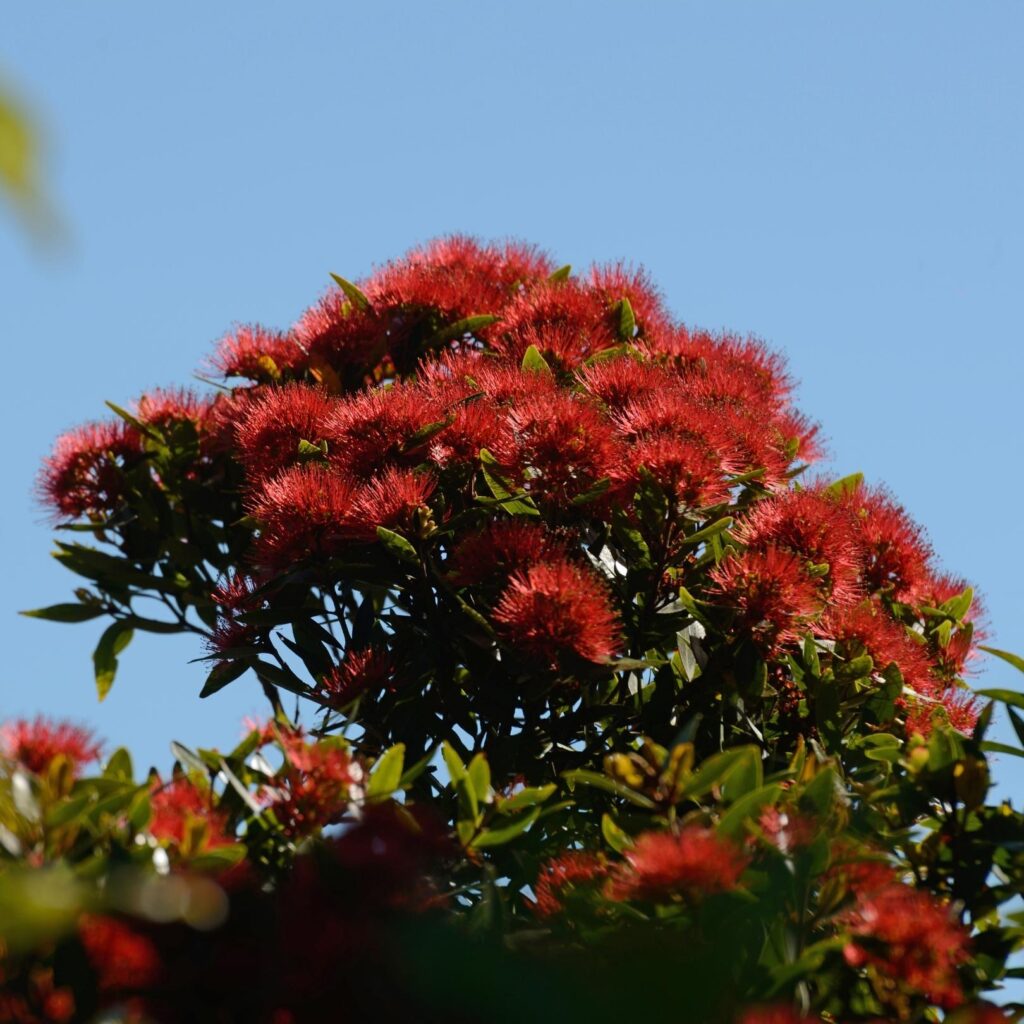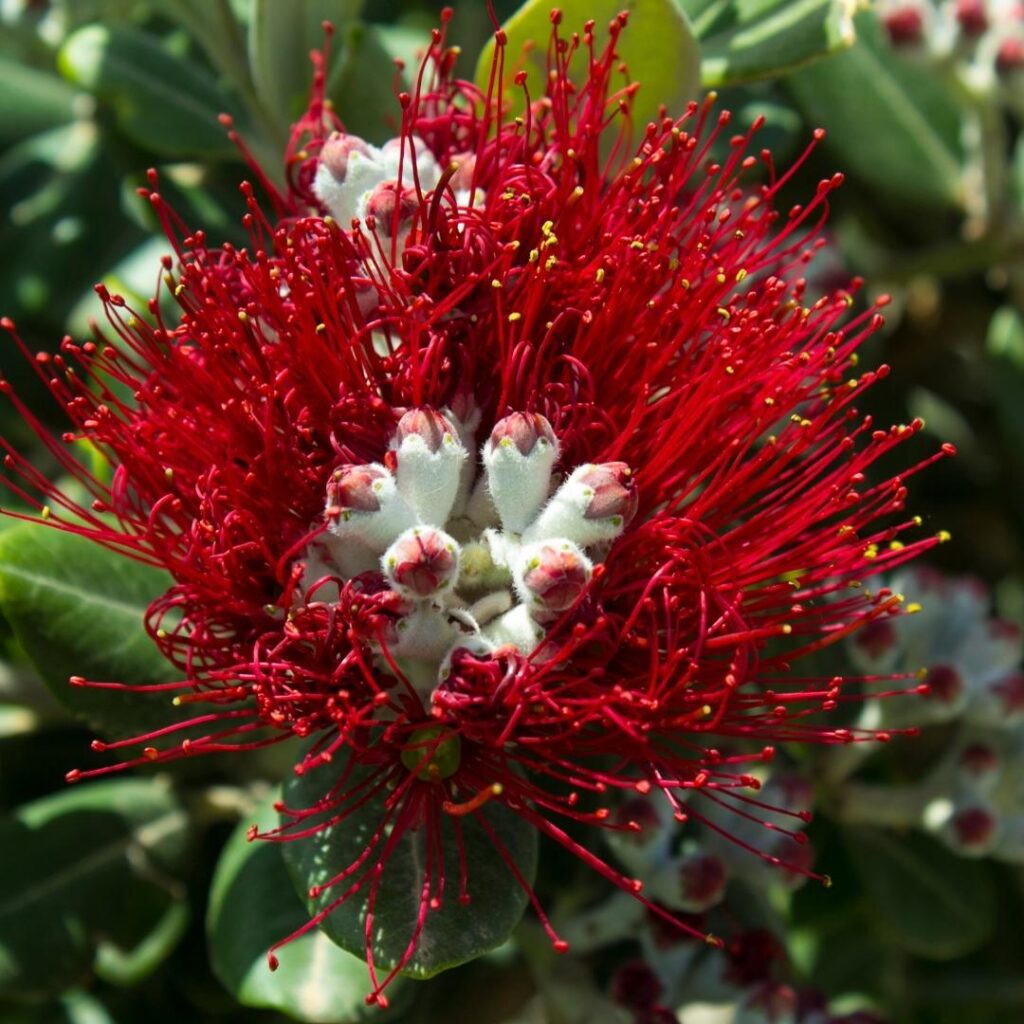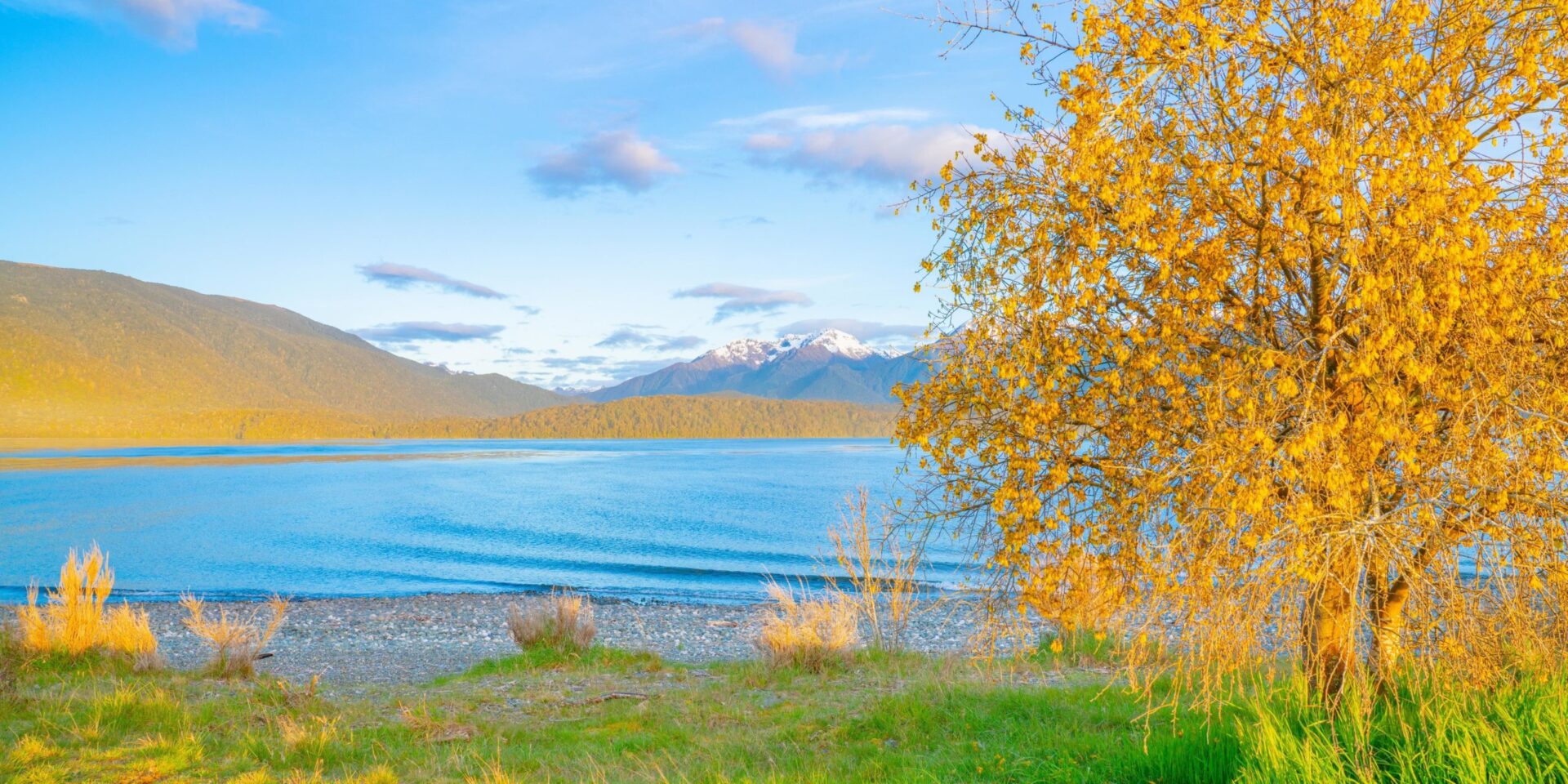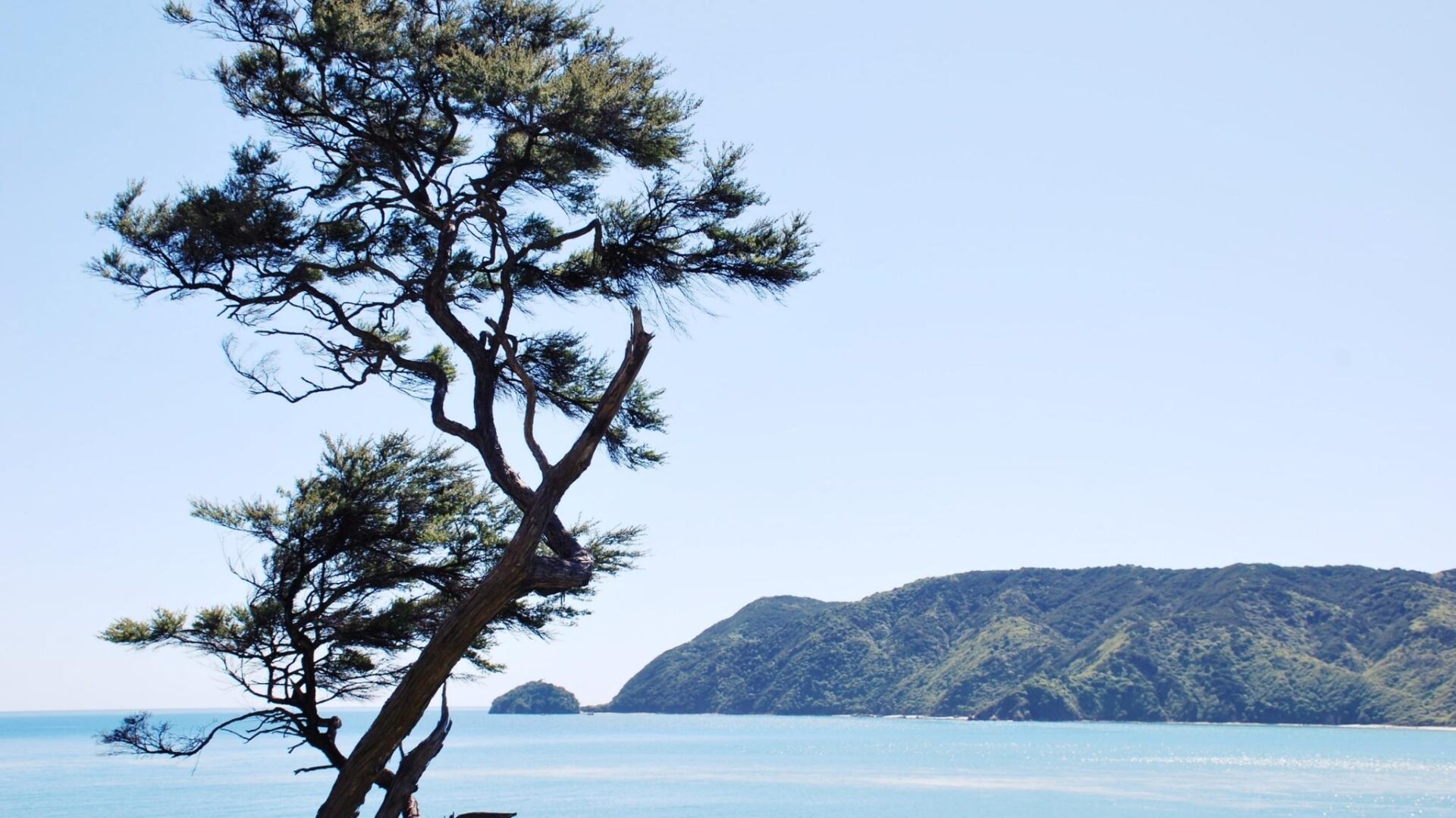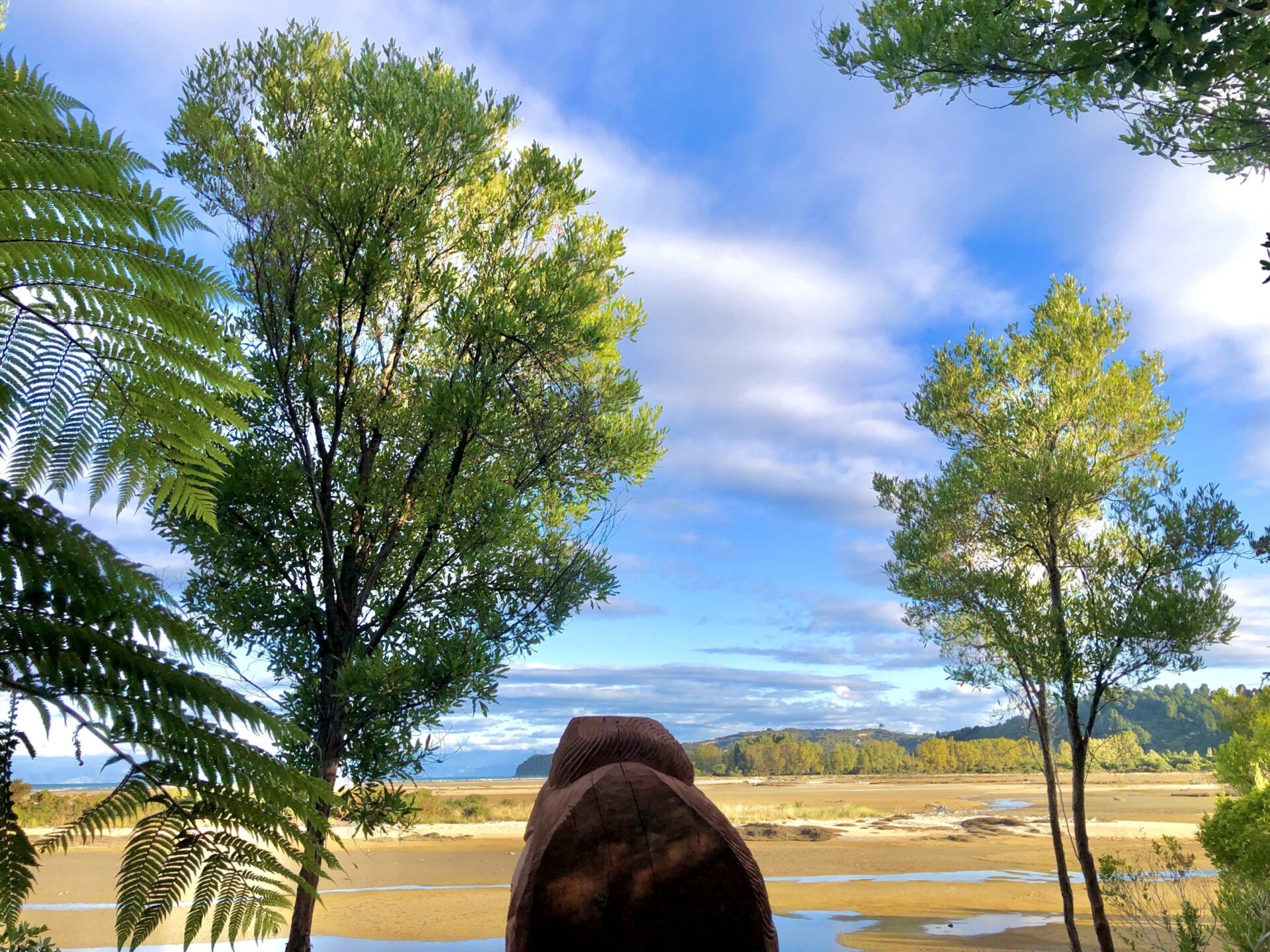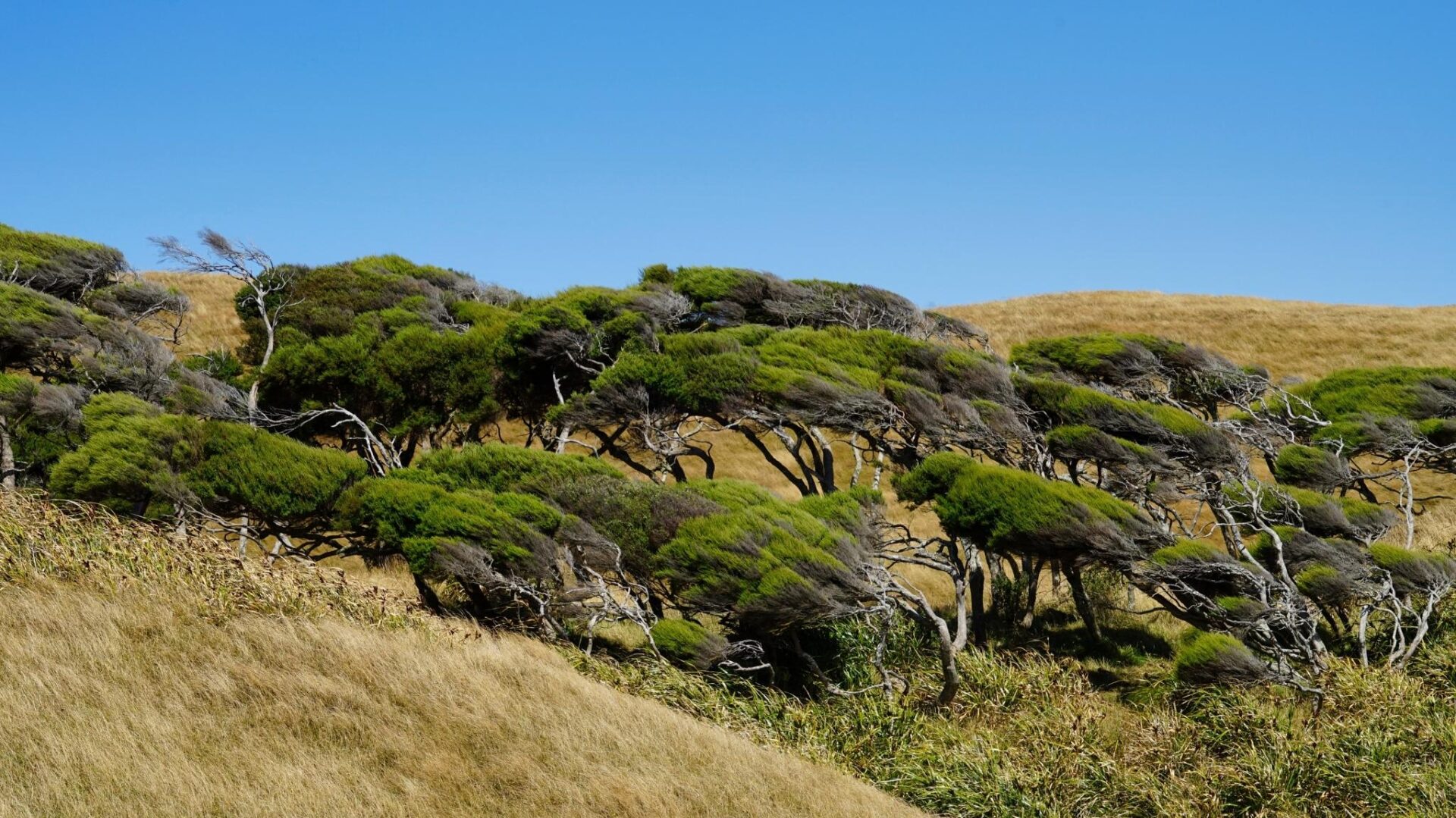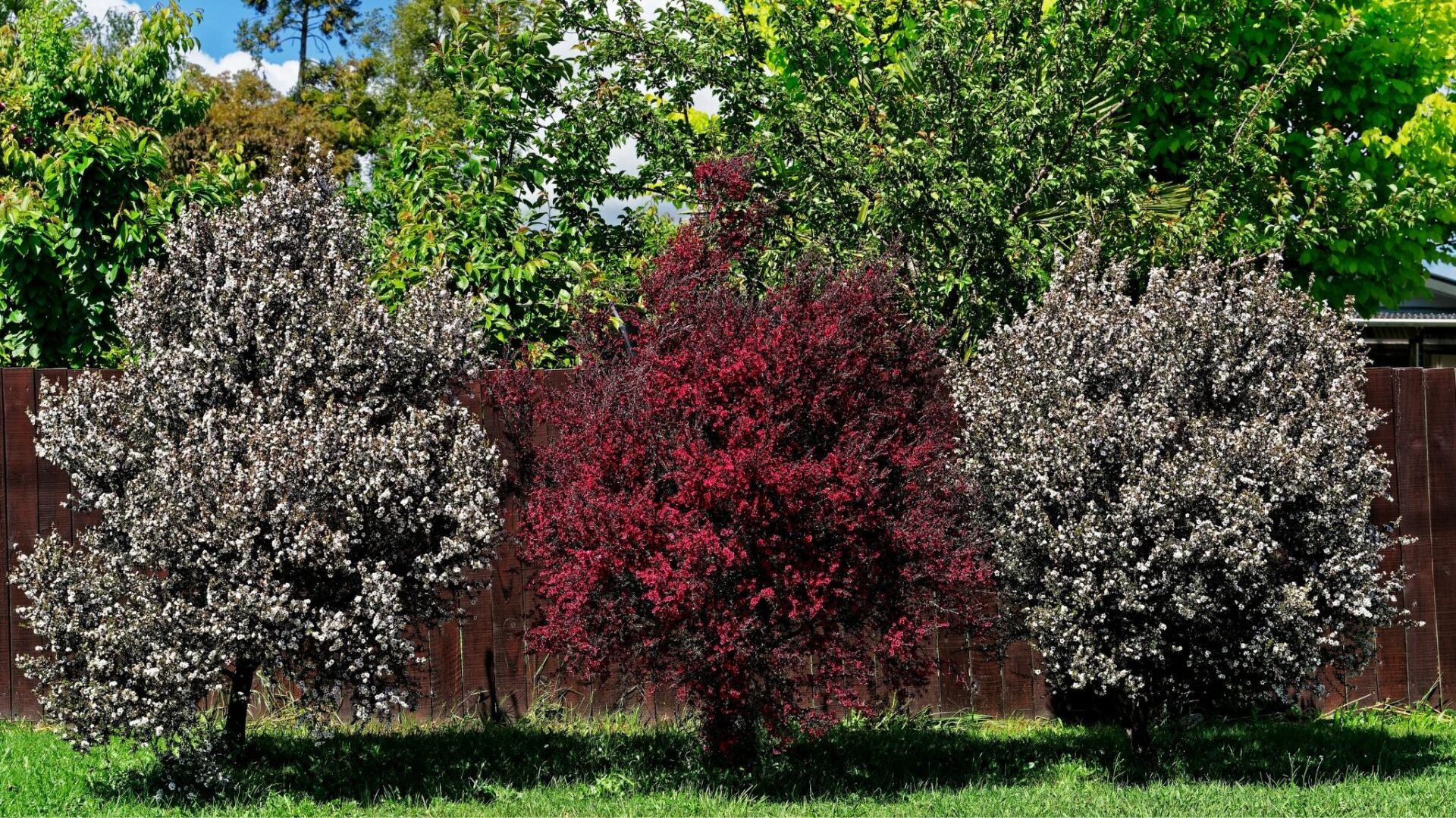You have heard of rata and obviously pohutukawa, but what’s the actual difference between these trees? More so, is there even a difference between the northern and southern rata, and if so, where can I plant them?
The difference between Northern rata, Southern rata & Pohutukawa
All three comes from the same Genus – Metrosideros so they are all every similar. The Southern rata is beilived to be the oldest species, and the Northern rata & pohutukawa are variations from this. There are several rata species, most of which are vines, but the easiest way to tell these three major trees apart is by their leaves.
The Leaves
Thankfully the three different trees have notably similar but yet different leaves. The easiest way to tell the Northern rata part from the others is the indented leaf tip. The Southern rata will have a pointer shape, but its defining characteristic is that it is a waxy finish on both the top and bottom side of the leave. The Pohutukawa has a more rounded leaf, having a velvety white underside of the leaf.
The Location
The Pohutukawa is the most Northern of the three species with its natural zone from Northland down to the middle of the North Island. The Northern rata is naturally found throughout the Northern Island and the top of the South Island. The Southern rata is found throughout the country and the adjoining southern islands of New Zealand, but prefers wet areas like the west coast. Generally they will grow strongest in their natural areas, but they do take in other areas if planted as a larger tree. You should just expect slower growth rates than you might otherwise get.
Style of Growth
The most fascinating out of these three is that the Northern rata is also an epiphyte. This means that it can fully develop and mature in the forest canopy on a suitable ‘host tree’. Most of the time, this is a Rimu tree. The Northern rata will send girdling roots down the trunk of the host tree the will eventually form up to be a hollowed out trunk after the host tree has died. This means that Epiphyte Northern rata can have quite long trucks.
If they have established from the ground the trunks are usually much shorter. The total height these trees can reach is around 30m which makes them the tallest out of the group.
Threats
The Northern rata is under pressure, especially from possums as well as the Myrtle Rust. Aside from control measures of these threats a strong population base goes along way to supporting the trees when they come under attack.

